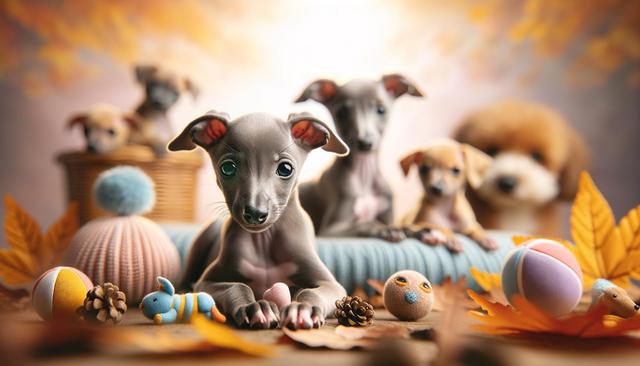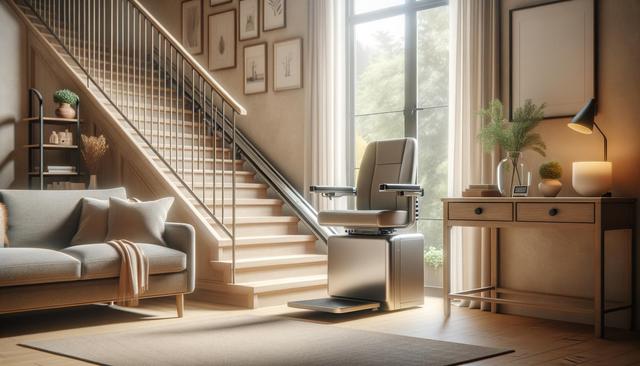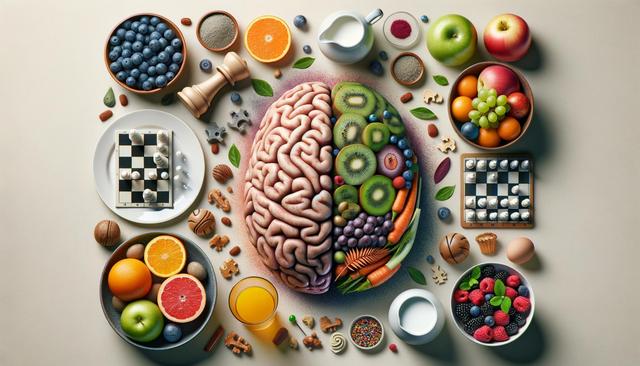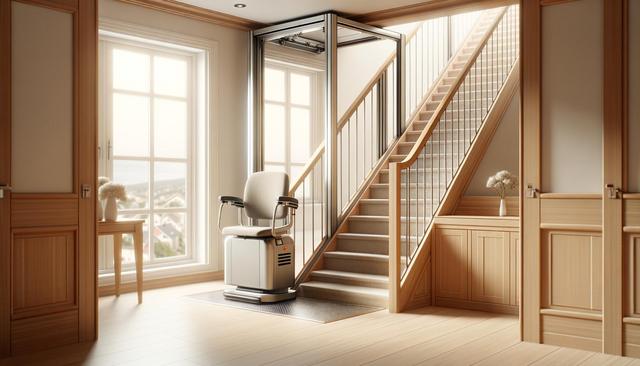Understanding the Italian Greyhound Breed
Italian Greyhounds, often referred to as “Iggies” by their admirers, are a small and graceful breed with a long history dating back to ancient times. These dogs were once favored by noble families for their beauty and gentle temperament. Though they share physical similarities with their larger Greyhound relatives, Italian Greyhounds are uniquely suited for companionship, particularly in indoor environments.
Typically weighing between 7 to 14 pounds and standing about 13 to 15 inches tall at the shoulder, Italian Greyhounds have a slim, fine-boned frame. Their sleek coat is short and comes in a variety of colors, which makes grooming quite simple. However, their delicate build also means they require gentle handling, especially during their puppy stage when their bones are still developing.
These dogs are known for their affectionate and loyal personalities. They form strong bonds with their human families and often seek out cuddles and lap time. Despite their elegant appearance, they have a playful and sometimes mischievous side, making them both entertaining and endearing companions.
Preparing Your Home for an Italian Greyhound Puppy
Before bringing an Italian Greyhound puppy home, it’s essential to create a safe and welcoming environment. Because of their fragile limbs, they are prone to injury from high jumps or rough play. Ensuring your space is puppy-proofed can help prevent accidents and promote a positive start to their life.
Here are a few tips to prepare your home:
- Use soft bedding and create a cozy rest area away from drafts.
- Keep breakable or sharp items out of reach, especially on low tables.
- Install baby gates if necessary to block off unsafe areas or staircases.
- Place non-slip mats on hardwood or tile floors to prevent slipping.
Italian Greyhound puppies also respond well to crate training, which helps with housebreaking and provides them with a sense of security. Just remember to choose a crate that is appropriately sized and padded for comfort.
Feeding and Nutrition Guidelines
Nutrition plays a crucial role in the development and long-term health of your Italian Greyhound puppy. Because of their high metabolism and small size, they require a nutrient-rich diet that supports their growth without causing excessive weight gain. Overfeeding can lead to joint stress, while underfeeding may hinder development.
Look for high-quality puppy food that includes:
- Lean protein sources such as chicken or lamb
- Healthy fats like fish oil for skin and coat health
- Essential vitamins and minerals for bone and muscle development
- Easily digestible carbohydrates for energy
Feeding smaller, more frequent meals throughout the day helps maintain their energy levels and prevents them from becoming overly hungry between meals. Always ensure fresh water is available and avoid giving them human food, especially items that are toxic to dogs such as chocolate, grapes, and onions.
Training and Socialization
Training your Italian Greyhound puppy should begin early and be based on positive reinforcement techniques. These dogs are intelligent but can be sensitive, so patience and consistency are key. Harsh corrections or punishment can lead to anxiety and hinder the learning process.
Focus on basic commands such as:
- “Sit”
- “Stay”
- “Come”
- “Leave it”
Italian Greyhounds may take longer to house train than some other breeds, so crate training and regular outdoor potty breaks are helpful. Rewarding successful bathroom trips with praise or treats encourages good habits.
Socialization is equally important. Exposing your puppy to new people, pets, and environments helps them grow into a well-adjusted adult. Puppy classes or playdates with other vaccinated dogs can be a great way to build their confidence and social skills.
Exercise and Health Care
Despite their dainty appearance, Italian Greyhounds are energetic and love to run and play. Daily exercise helps them stay fit and prevents behavioral issues that can arise from boredom. A securely fenced yard or safe indoor play area works well, but always supervise their activity to avoid injuries from overexertion or jumping off high surfaces.
Recommended activities include:
- Short, brisk walks on a leash
- Interactive toys and games like fetch
- Gentle agility exercises tailored to their size
Regular veterinary checkups are essential for monitoring their growth and preventing common health issues. Italian Greyhounds are generally healthy, but may be prone to conditions such as dental problems, patellar luxation, and certain skin sensitivities. Keeping up with vaccinations, flea and tick prevention, and dental hygiene contributes significantly to their well-being.
Conclusion: A Loyal and Loving Companion
Italian Greyhound puppies bring a unique blend of elegance, affection, and playfulness into any home. Their gentle demeanor and close bond with their owners make them particularly well-suited for individuals or families seeking a devoted companion. With proper care, training, and attention to their unique needs, these charming dogs can thrive and offer years of joy. Whether you’re an experienced pet owner or welcoming your first puppy, an Italian Greyhound can be a rewarding addition to your life.




Leave a Reply